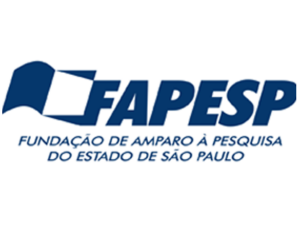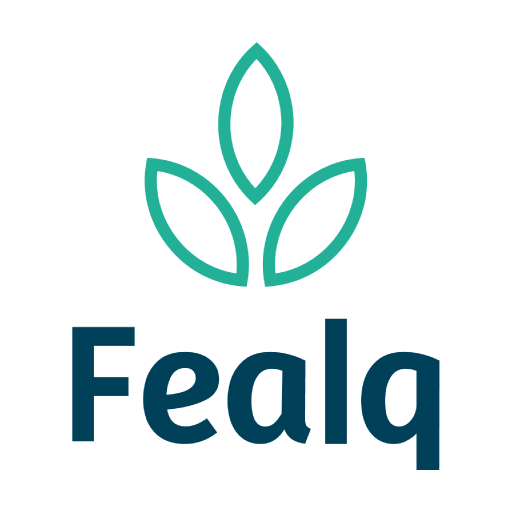Chukwudi Nwaogu a, b, c, Budiman Minasny c, Damien J. Fieldc and Mauricio R. Cherubina
- aDepartment of Soil Science “Luiz de Queiroz” College of Agriculture, University of São Paulo, Piracicaba, SP, Brazil;
- bDepartment of Environmental Management, Federal University of Technology, Owerri, Nigeria;c Sydney Institute of Agriculture & School of Life and Environmental Sciences, The University of Sydney, Sydney, Australia
- c Sydney Institute of Agriculture & School of Life and Environmental Sciences, The University of Sydney, Sydney, Australia
Highlights
- Soil is a key pillar connecting Earth’s spheres and sustaining ecosystems.
- Circular economy (CE) in soil research remains underexplored.
- Six key themes identified: extraction, nutrient cycling, ecosystem services, contamination, waste management, and soil technologies.
- Nutrient cycling is the most studied CE topic in soil research.
- Recycling research grew rapidly, regeneration increased slightly, and repurpose declined.
- The triple-R (recycle, regenerate, repurpose) is useful but not definitive.
Integrating the triple-A (agent-action-aim) principle can enhance soil circularity applications. - Advancing soil circularity research is crucial for sustainability and societal benefits. yields.
Abstract
Soil is a multifunctional sustainable pillar that holds the Earth by connecting and supporting the lithosphere, biosphere, hydrosphere, atmosphere, and anthroposphere. Circular economy (CE) has emerged as a solution to human-environmental sustainability needs. CE implementations have been popularized across various fields including engineering, agriculture, forestry, and waste management, but comprehensive studies focusing mainly on soil circularity in scientific literature are unavailable. This paper aims to outline the conceptual frameworks underpinning soil functions, services, and threats in relation to CE. This is done by identifying and mapping the research trajectory, thematic chronology, and evolution of the concept of CE and soil from contemporary scientific literature. The conceptual network is categorized into six main clusters (viz; extraction and processing, nutrient cycling, ecosystem services, contamination, waste management, and soil-related technologies) which were assessed by applying recycling, regeneration, and repurpose strategies in the soil context. Mapping the triple-R to soil functions, our study revealed that nutrient cycling was the most published topic on CE and soil. Further, we observed that research on recycling had the most attention and increased rapidly, regeneration increased marginally, while repurpose decreased. The study concludes that thematic conceptualization based on the triple-R is neither definite nor comprehensive but is meant to be indicative and applicable considering the “triple-A (agent-action-aim) principle representing intention, action, and purpose. A comprehensive knowledge synthesis about circular soil principles could help in the application of decisive, operational, and competitive benefits, vis-à-vis fostering more studies to intensify and promote soil circularity for a better society.
Keywords
Circular economy, Soils, Recycling, Regeneration, Repurpose, Thematic mapping and evolution





